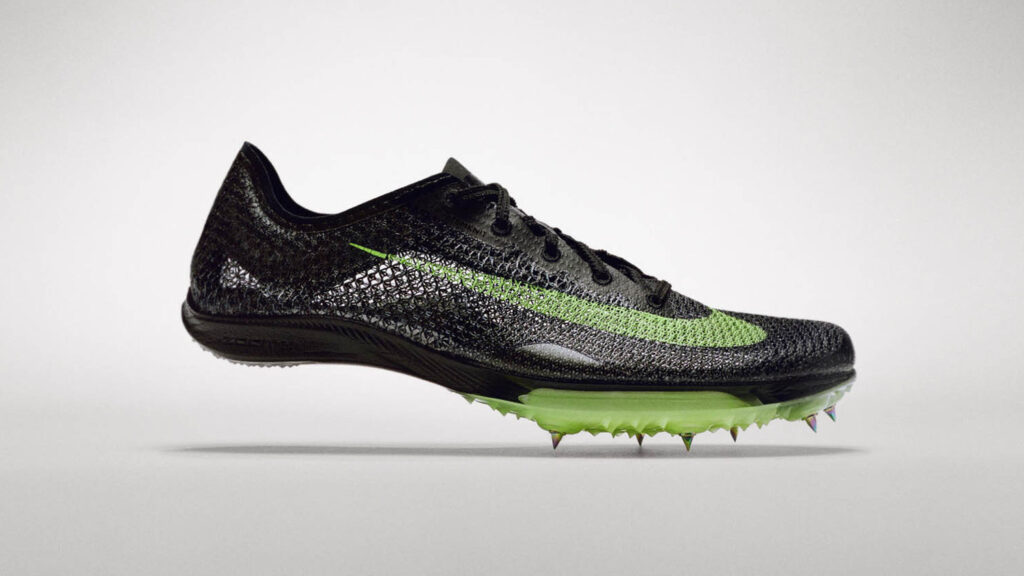Having binge-watched an entire summer of sport, Stephen Holmes is thinking about how design, technology and materials now play a greater role than they ever have done before in determining sporting outcomes through performance kit
Life’s not been the same since I stopped watching dancing horses while eating my breakfast. A magnificent summer of sport has just drawn to a close, and from the early morning equine body-popping of Olympic dressage, to evenings spent observing football’s failure to locate its house keys, there was something for everyone to revel in.
As much as the power and skill of athletes is the main focus, I’m always acutely aware of the teams of specialists feverishly working away in the shadows to build the equipment and peripherals that can offer a competitive edge.
Boosting the prospects of a nation’s athletes has switched over the last couple of decades from being the domain of state-sponsored programmes, to that of private specialists with no home allegiance – companies with the wind tunnels and materials science know-how to build elite-level equipment.
While the flags and anthems of the winners still fill the arenas, there’s now a global commercial carrot dangling at the finish line. The race to design winning sporting gear is one of the most lucrative contests around.
High-performance kit
Nike’s ‘super spikes’ dominated this summer’s track and field headlines, offering increased energy returns to sprinters through a carbon plate in the sole of the footwear and specially developed foams.
The brand’s carbon plate technology originally appeared (albeit as heavily disguised prototypes) in long-distance races at the 2016 Games, where a reported 4% performance improvement dominated endurance events like the marathon.
Such is the gulf of performance between different footwear that some brands have allowed their sponsored athletes to wear the shoes of rivals on race day until their own technologies can catch-up.
Meanwhile, anyone heading out for a jog can snap up a pair of the Nike ‘4%’ running shoes, should they have the funds.
Professional cycling has long been a sport of marginal gains via light-weighting and aerodynamics, and the latest technologies are now trickling down to amateurs with greater speed. It only takes a pair of Lycra-clad weekend warriors sat outside a perfectly serviceable pub to loudly inform you about the grams they’ve saved on their rides.
It’s a similar story for swimsuits that glide through the water with less impedance than our own skin; archery bows that feature precise weight distribution aligned through generative design; grips used in a variety of sports that are custom 3D-scanned and 3D-printed.
For a growing number of Paralympians, more sports have opened up, thanks to increased access to customised prosthetics and adapted kit.
This summer even saw a sport doggedly devoted to buttonup loungewear and oversized gloves finally add an element of the cutting edge, as baseball glove technology finally advanced from leather lace-ups to precision lattice polymers.
All are available to the masses, regardless of the level they compete at, just as long as they are willing to cough up the asking price to mimic their heroes.
Marginal-gains debate
Back in the professional ranks, with athlete training, diet and recovery programmes reaching greater parity around the world, it will increasingly be equipment that provides the greatest marginal gains.
This leads to an uncomfortable debate over how much sports equipment should be responsible for results, and the growing disparity between the haves and have-nots.
Kit costs money: ask any parent packing their potential future gold medal winner off to the new school year. Even a pair of non-performance-enhancing PE socks cost hard currency, let alone sticks, racquets, boots or balls.
So will talent suffer as a result of the geographic and financial lottery, as much as elite sports have demanded elite infrastructure in which to train and compete?
Perhaps some comfort is to be found in the running track at the 2020 Tokyo Olympics. Its designers, Mondo, explained that its complex make-up of rubber granules were precisely positioned to create small air pockets that give everyone running on its surface the potential for a 1% to 2% performance improvement.
The regenerative energy from the track benefitted all that bounded along it, regardless of nation, resources or corporate sponsor – a timely reminder that we can create things capable of pushing everyone along, not just the few with good fortune.






